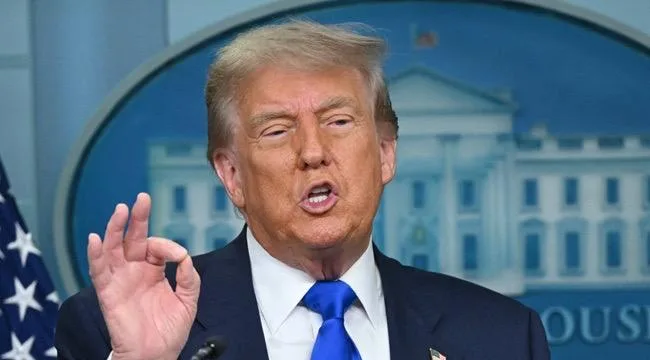India is facing a fresh economic storm after U.S. President Donald Trump’s steep 50% tariffs on Indian goods officially took effect. The move, which follows an additional 25% penalty imposed earlier this month over India’s continued purchases of Russian oil and weapons, places New Delhi among the countries facing the harshest trade barriers in the world.
The United States was until recently India’s largest trading partner, and the new tariffs are expected to disrupt millions of jobs across export-driven industries supplying everything from textiles and gems to seafood. For the world’s fifth-largest economy, the setback comes at a sensitive moment, forcing Prime Minister Narendra Modi’s government into damage-control mode.
Addressing citizens from Delhi’s Red Fort on Independence Day, Modi sought to rally confidence, urging Indians to embrace swadeshi—the ethos of “Made in India.” He stressed that self-reliance must not be born of desperation but of pride, calling on small businesses to display signs promoting local goods.
Alongside his rhetoric, Modi is preparing an economic cushion in the form of major tax reforms. Following a $12 billion income tax relief package earlier this year, the government is now working on simplifying India’s goods and services tax (GST) into a two-tier system. Analysts estimate the reforms could be worth around $20 billion, directly stimulating consumption at a time when urban demand has slowed amid job cuts and lower wages.
Economists say the combined effect of income and GST tax cuts could boost GDP growth while easing inflationary pressures. Sectors such as automobiles, garments, and construction materials are expected to benefit most, particularly ahead of the Diwali festive season. Additional measures including expected central bank rate cuts and salary hikes for half a million government employees should further reinforce domestic consumption.
Despite trade headwinds, India recently secured a sovereign rating upgrade from S&P Global, the first in 18 years, signaling international confidence in its financial resilience. But with trade talks with Washington now stalled, and tariffs at near-sanction levels, India faces an uncertain external environment. Modi’s challenge will be ensuring that his push for self-reliance and fiscal stimulus can sustain growth even as geopolitical tensions deepen.

